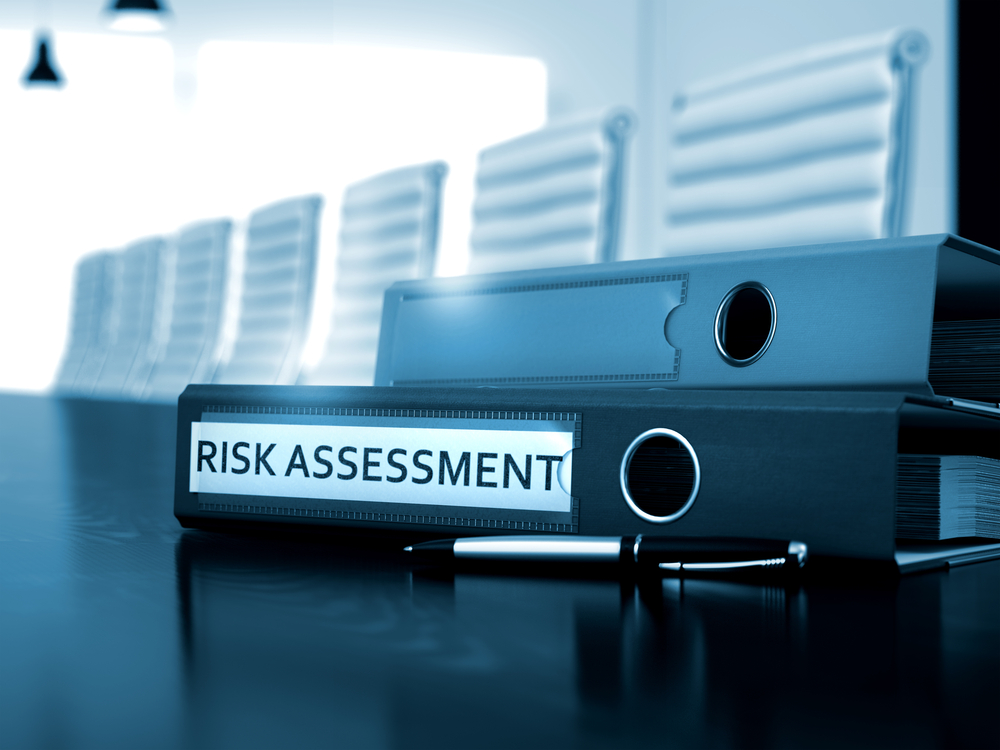The Risk Profile of the Business Owner is critical; we explain its correlation to the hats they wear in a business.
Risk Profile
Risk awareness is critical. Your relationship with it is a key determinant that will drive the destination of the business.
Risk is also a major source of internal conflict for many business owners. However, often it is a lack of awareness surrounding their own risk tolerance that causes challenges.
It could be argued that most business owners have a higher-risk tolerance due to their decision to be in business in the first place. In our experience, however, this is not always the case.
The decisions you make, both large and small, including decisions to invest and spend money, are largely driven by your personal risk profile. This will be reflected in your preferences and behaviours and will ultimately have a huge impact on both the performance and the culture of the business.
Many business owners seek to mitigate risk to ensure that they will not experience loss. However, without some material level of risk business is unlikely to grow and benefit from any relevant opportunities that arise.
The more you understand your risk profile, the better you can marry both your purpose and your vision for the business, and ensure that they align.
There are tools that allow you to assess your risk appetite. They typically need to be considered within a particular context. Investment risk, for example, is a good one to select.
Risk Capacity
Risk Capacity is very different to your Risk Tolerance. It is focused on your individual set of circumstances, specifically related to financial affairs.
Unlike risk tolerance, which might not change over the course of your life, risk capacity is more flexible and changes depending on your personal and financial goals—and your timeline for achieving them.

Risk Profile for Small Business
You may be surprised to know that many small business owners demonstrate behaviours of a risk adverse profile, or as we highlight later, an inability to leverage.
For example, there are over 2 Million Small Businesses in Australia.
Of these:
- Over 60% do not employ any staff; and
- Only 9% employ more than 5 people.
Source: ABS Cat. No. 8165.0, Counts of Australian Businesses.
In our experience, many business owners don’t like to take risks like employing staff or other leverage opportunities such as business acquisitions. If that is not aligned to their Purpose or other circumstances, then that is understandable.
Alternatively, this might be due to a lack of confidence, experience or capital necessary to take the next steps in business.
There can be advantage and arbitrage for those businesses willing to undertake some considered risk and as a result access a range of opportunities.
Therefore, a key for your Business is to:
- Define and/or Refine your Purpose; and
- Understand & acknowledge how you react to/feel about Risk.
Role in the Business (“The Quadrants”)
We acknowledge that business owners often do, or have, responsibility for a variety of operational and strategic roles in a business.
You may make decisions depending on the different capacity that you find yourself in during business.
The roles and responsibilities in each area are succinct and can sometimes be in conflict.
For example, what if maximising shareholder return means exiting a long-term referral relationship, exiting a long-term customer or geographical market?
Most FBPs do not have a Board of Directors or hold Shareholder meetings which is an understandable reality. However, be mindful that you may need to think and act according to multiple hats as outlined below.
QUADRANT OF THE BUSINESS OWNER
|
1. SHAREHOLDER
Focus is on building and sustaining the value of the business. Appoints the Director(s) and must critique and assess the performance of management.
|
2. DIRECTOR
Focus on the stewardship of the business and executing on behalf of the shareholders. Must think strategically about the positioning of the business. |
|
3. MANAGER Manages the operational aspects of the business and executes the strategic plans as outlined by the directors. Supervises the employees.
|
4. EMPLOYEE
|
As a business owner you will act in a different mindset across the four different quadrants.
It is an understatement to say it can be a lonely position sometimes. So, consider getting some support. This may be in the form of a Mentor or even a Coach, or you may consider putting together an Advisory Board that can provide a structure for performance assessment and support for key decisions.
More Information?
E - enquiry@mcpgroup.com.au
W - mcpfinancial.com.au

